Load it, gift it, eat it
All the things that should spark joy for the gourmand on your gift list
By Jules Vivas
At A Glance
- Whether it's material or non-tangible gifts you wish to give, at the end of the day, the true magic lies in the effort, sentiments, and love woven into each present
For some mysterious reason, deciding on what presents to give during the holidays always proves to be a challenge. When shopping for those who love to eat and cook, it’s advisable to search for items your recipient might not be inclined to purchase for themselves but can still use daily. Experience is also an excellent option, especially since it results in long-lasting memories.
To help you find the perfect gift for your epicure companion this Christmas, we’ve compiled gift recommendations that appeal to foodies and chefs alike.
Whether it’s material or non-tangible gifts you wish to give, at the end of the day, the true magic lies in the effort, sentiments, and love woven into each present. A meaningful gift goes a long way.
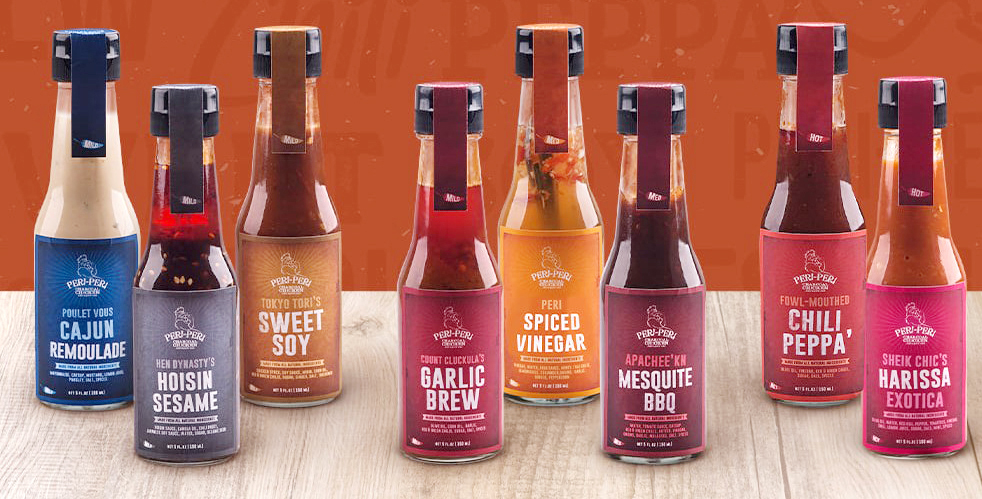
Reliable sauces to spice things up
Hot sauces. What’s not to like? Eating something spicy tricks our body into reacting as though we are hurt, forcing our brain to release endorphins, the feel-good chemicals to relieve pain, which then makes us feel happy. Usually fermented or made with vinegar, a chili sauce gives acidity that enhances flavors and brings out depth and brightness in food. Adding scalding sauces to any food makes it addictive.
If you want to familiarize yourself with the best fiery sauces in the country as well as the events that celebrate them, join the Facebook group Philippine Hot Sauce Club (PHSC), an organization of chili heads founded by Justin Yenko, the brains behind brands Bad Boy Tikboy and Garapal. Membership is free as the only pre-requisite is the appreciation of the zestier side of life.
Some of the hottest bottles in the country are Jimlong’s Carolina Reaper Hot Sauce, Garapal Kape Tsokolate Hot Sauce, Basimatsi Labuyo Cervesa, Epics Spice The Mad Hotter, RSL Chili Garlic Habanero, Casa Lontoc Habanero Chili Garlic, Mother Tongue Mushroom Chili Sauce Hanghanghang Chili-Cajun Salsa, and Chili Asylum Cilantro Chimichurri.
There are commercially-produced sauces that are outstanding as well. For instance, Peri-Peri Charcoal Chicken and Sauce Bar has this affordable line of signature sauces, namely, Chili Peppa, Garlic Brew, Harissa Exotica, Hoisin, Mesquite, Sweet Soy, Spiced Vinegar, and, a personal favorite, Cajun Remoulade. You could also never go wrong with Huy Fong’s sriracha sauce and Tapatío, two of the most well-recognized labels in the hot sauce trade.
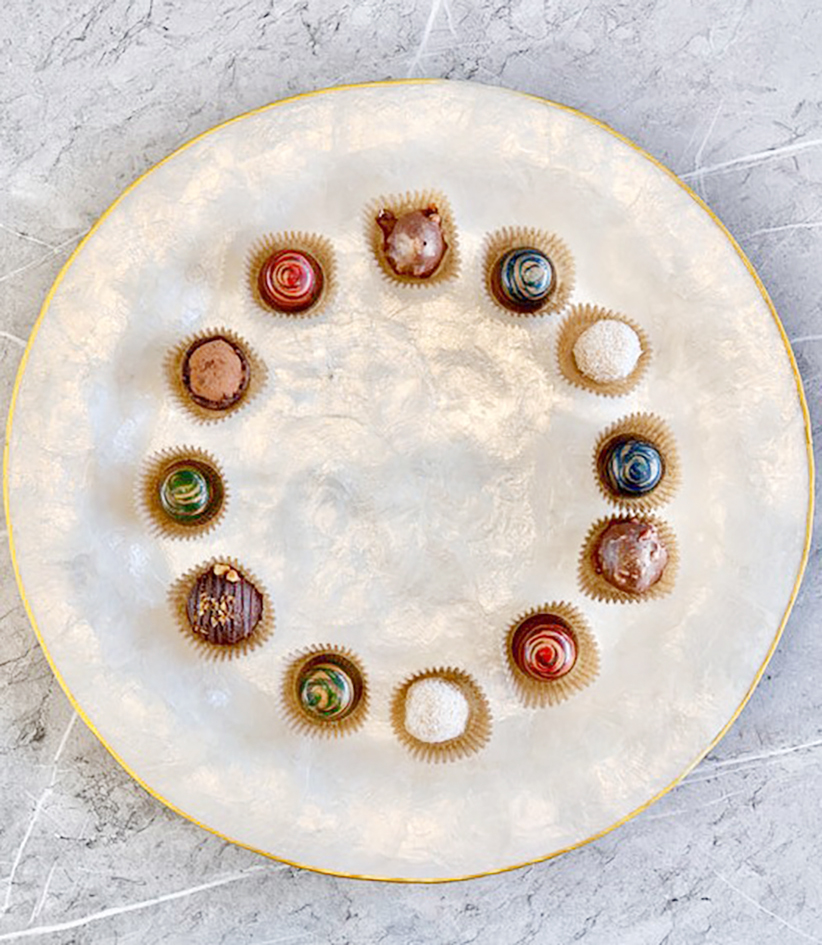
Choc it up to experience
The heartwarming chocolate is a gift for any occasion. It has been an efficient way to evoke feelings of affection since its first invention some 3,000 years ago. The symphony of flavors from a piece—or bar—puts a smile on anyone’s face, a universal experience that transcends language barriers. If you’re planning to send chocolates to your romantic partner, family, or friends, might as well support homegrown brands Malagos, Theo + Philo, 1919, Tigre y Oliva, and Auro.
The Davao City-based Malagos is the first to put Philippine chocolates on the international stage. An advocate for sustainable farming practices, the company has won multi-awards globally. Two of its hot sellers are the dark chocolate and salted caramel chocolate. malagoschocolate.com
Theo + Philo takes pride in one-of-a-kind flavored artisan sweets. The Dark Chocolate with Calamansi, for instance, is to die for. Other unique variants to try are the Dark Chocolate with Green Mango and Salt, Milk Chocolate Adobo, and the Milk Chocolate Turon. theoandphilo.com
Tree-to-bar chocolate label, 1919, sells packs especially curated to make gift-giving convenient. Choose from All I Want for Christmas, Best Seller Set, and Tis the Season to Award-Winning Set, and Jolly Sweet Set. 1919chocolate.ph
Tigre y Oliva focuses on the taste profiles of cacao depending on origin. On its catalog are single-origin craft chocolates, baking goods, bars, jars, cookies, and even vegan items. The Festive Barks, Petite Bark Collection, Truffles X Bonbons, and Yuletide Collection, are must-try’s this holiday. For a minimum purchase of ₱3,000, shipping is free. tigreyoliva.com
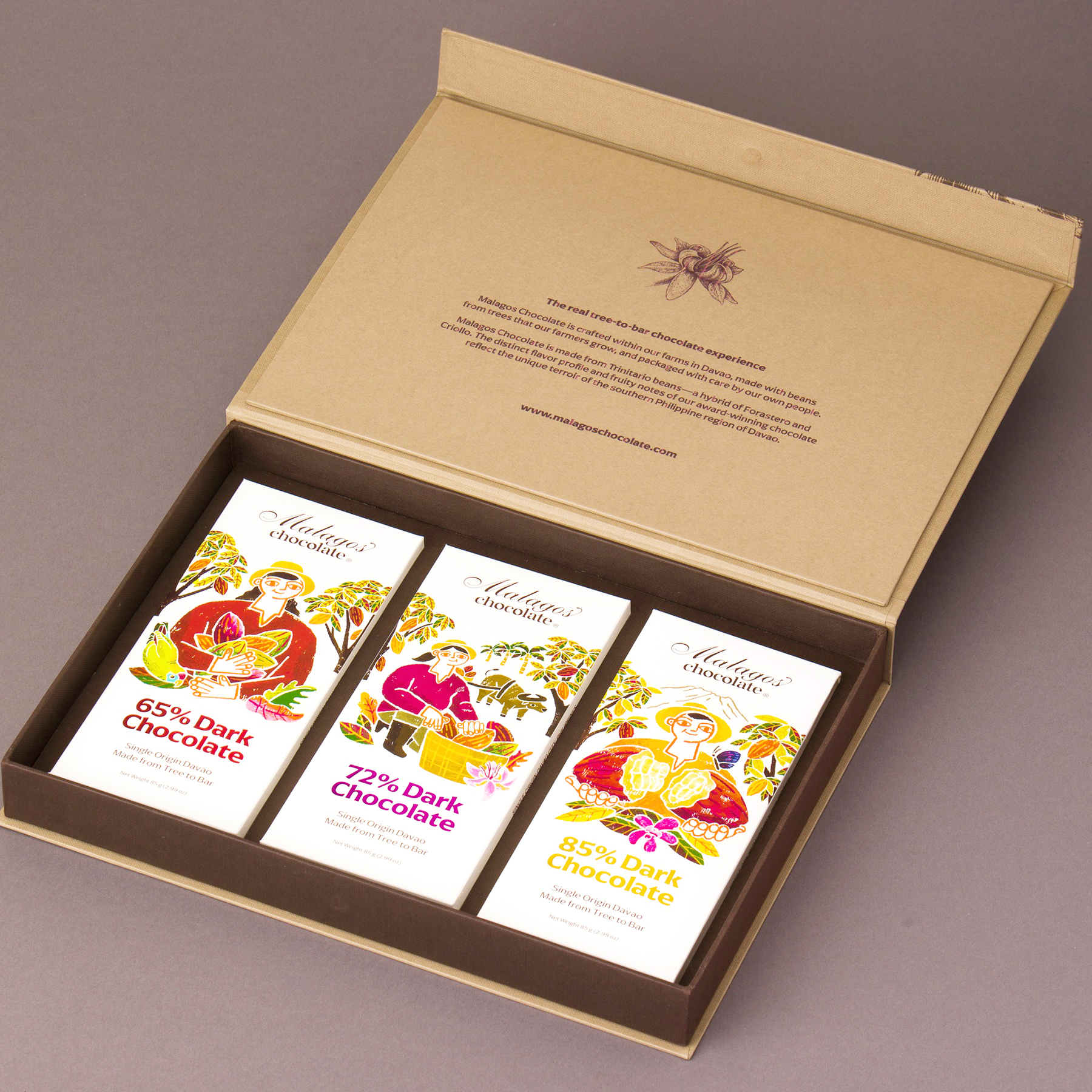
Auro, another multi-awarded tree-to-bar concept, currently has a sale that cuts 10 percent off on selected items. Its bestsellers include the 32% White Chocolate with Hojicha, 70% Dark Chocolate Infused with Don Papa Rum, Assorted Collection Pack, and the Holiday Bonbons Box. aurochocolate.com
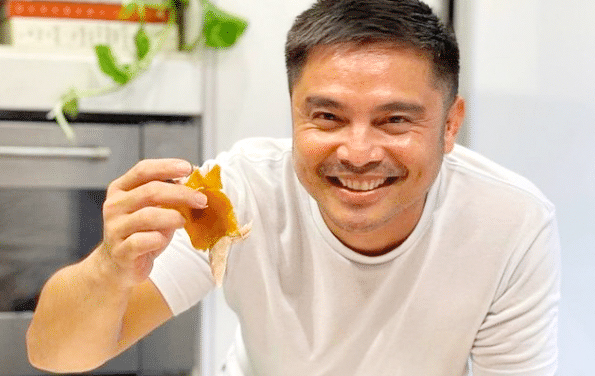

Something old fashioned
A Spanish saying goes, “Panza llena corazón contento.” This translates to “a full belly makes the heart happy.” Breaking bread together forms stronger bonds. A dinner date may sound generic, but the stomach is still the easiest route toward the heart.

There are countless options where to dine and wine in the metro. Two on the top of our list, which both strike a balance between having good food and drinks, are Linamnam Manila by Don Baldosano and Cochi by Marvin Agustin.
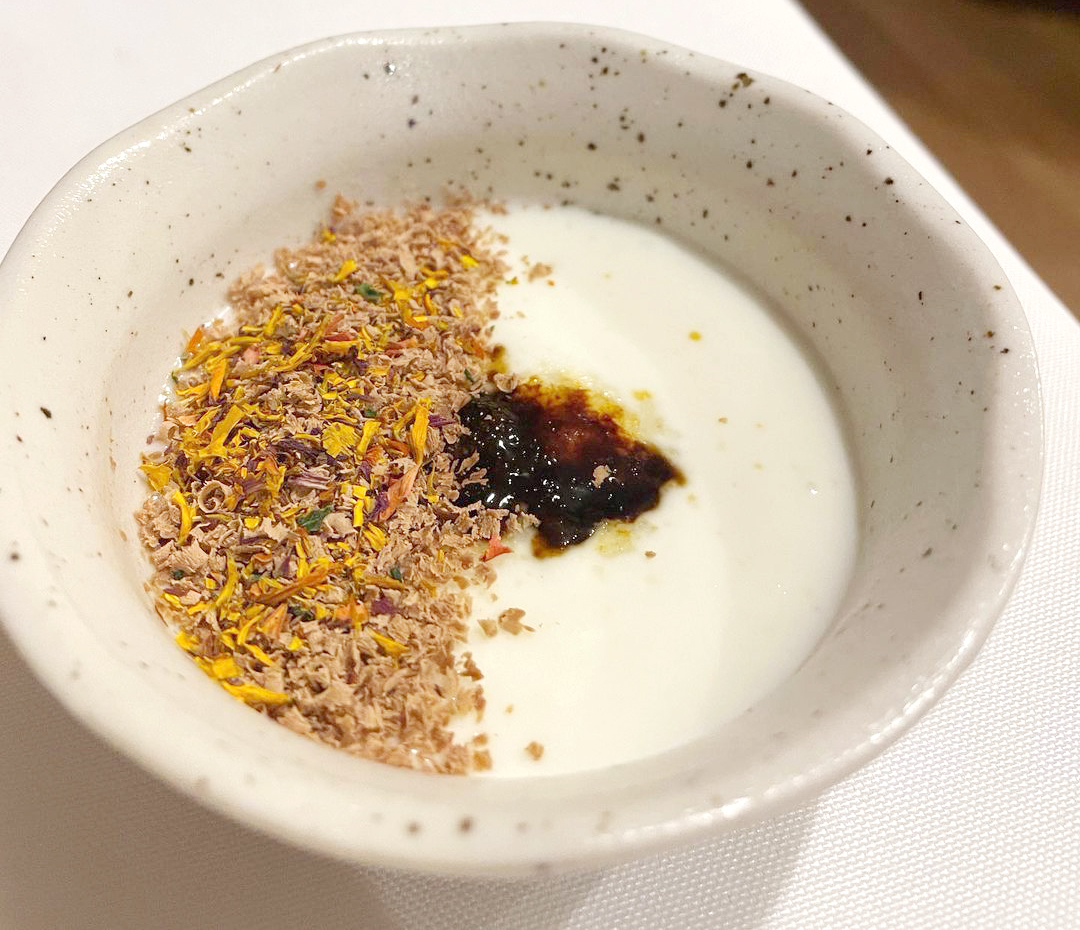
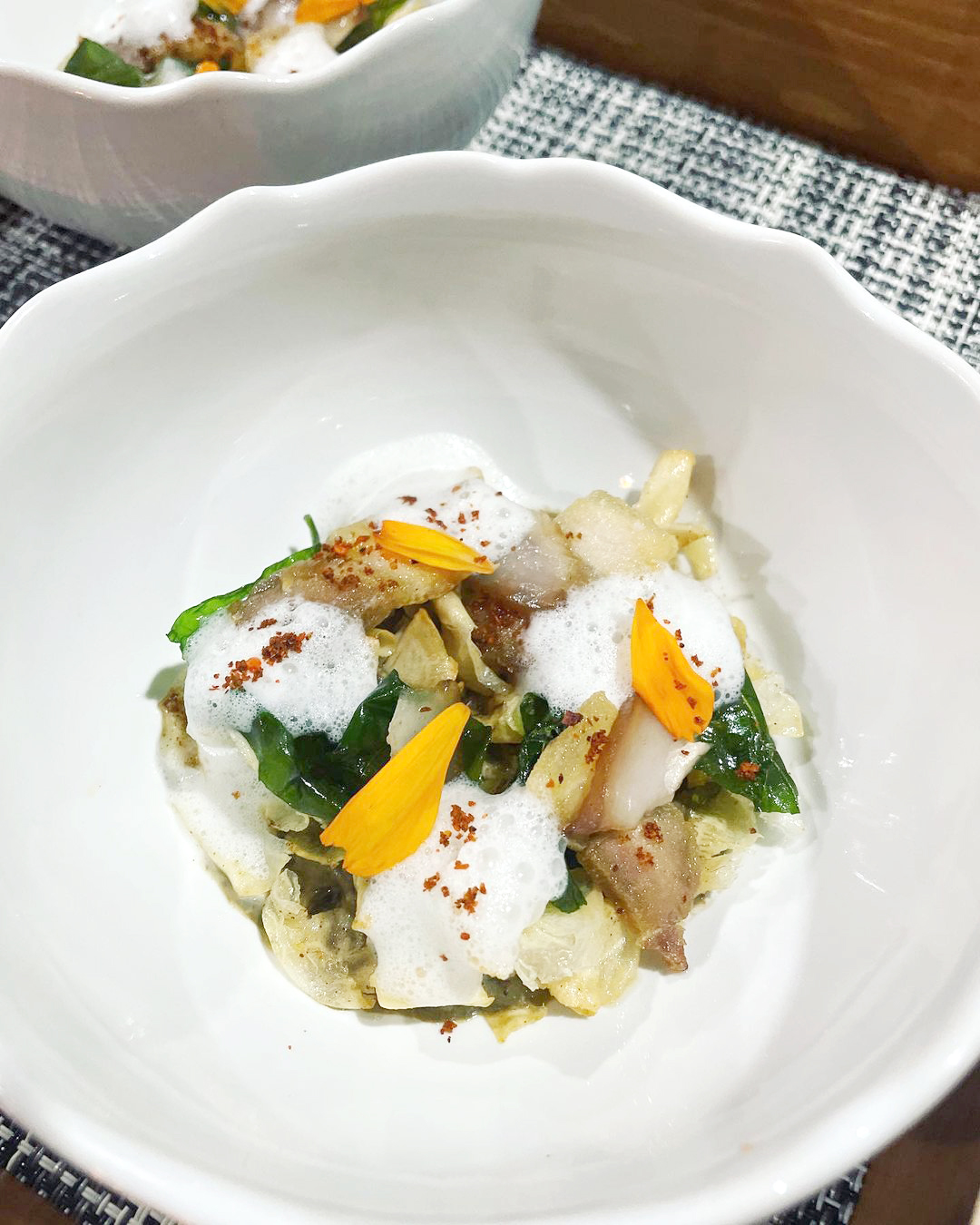
Linamnam Manila is a tasting menu restaurant in Parañaque that emphasizes local produce no longer available from the yields of commercial farms. Don’s adventurous and playful mind led him to utilize vegetables and fruits grown from heirloom seeds. The act is not only deeply tied to cultural heritage but ultimately contributes to agricultural wealth.
Part of the dining experience is spontaneity. Dishes change constantly depending on the produce supplied by the young chef’s partner farmers. What’s constant is that these plates are proudly Filipino and they pay respect to nature. Even the drinks that Don concocts for his guests highlight the inconspicuous flavors of Filipino ingredients, from the Kamias Soda to the Kundol Juice, and the cocktails he mixes such as the Coconut Lambanog, Gin and Squash, and Mezcal Passionfruit. Don’s advocacy and creative dishes places Linamnam among the crème de la crème of restaurants in the country. Visit linamnammnl.cococart.co for reservations.
On the other side of the spectrum is Cochi in Taguig that serves affordable and delectable Filipino and Spanish cuisine. The main attraction is the cochinillo, served with a three-way sauce of kamias marmalade, garlic, and bell pepper sauces. Marvin Agustin’s latest dining concept elevates his former bistro of the same name, putting a spotlight on well-executed comfort food that must be paired with booze. Chismoza, for example, is pig’s ear chips with tuna kinilaw on the side, a fantastic pica-pica for drinking. The oyster sisig, caulifries, lamb adobo, fried chicken, and the suckling pig are all a perfect match for alcohol. The real star of the show is the cocktail menu. The guavarita, in particular, a blend of guava, calamansi, and tequila, is a must-have. Mildly sweet with a lingering herbaceous taste, it is what many people would call a “traydor (traitor).”
In all, the restaurant is a direct reflection of its owner—straightforward, very comforting, and fun.
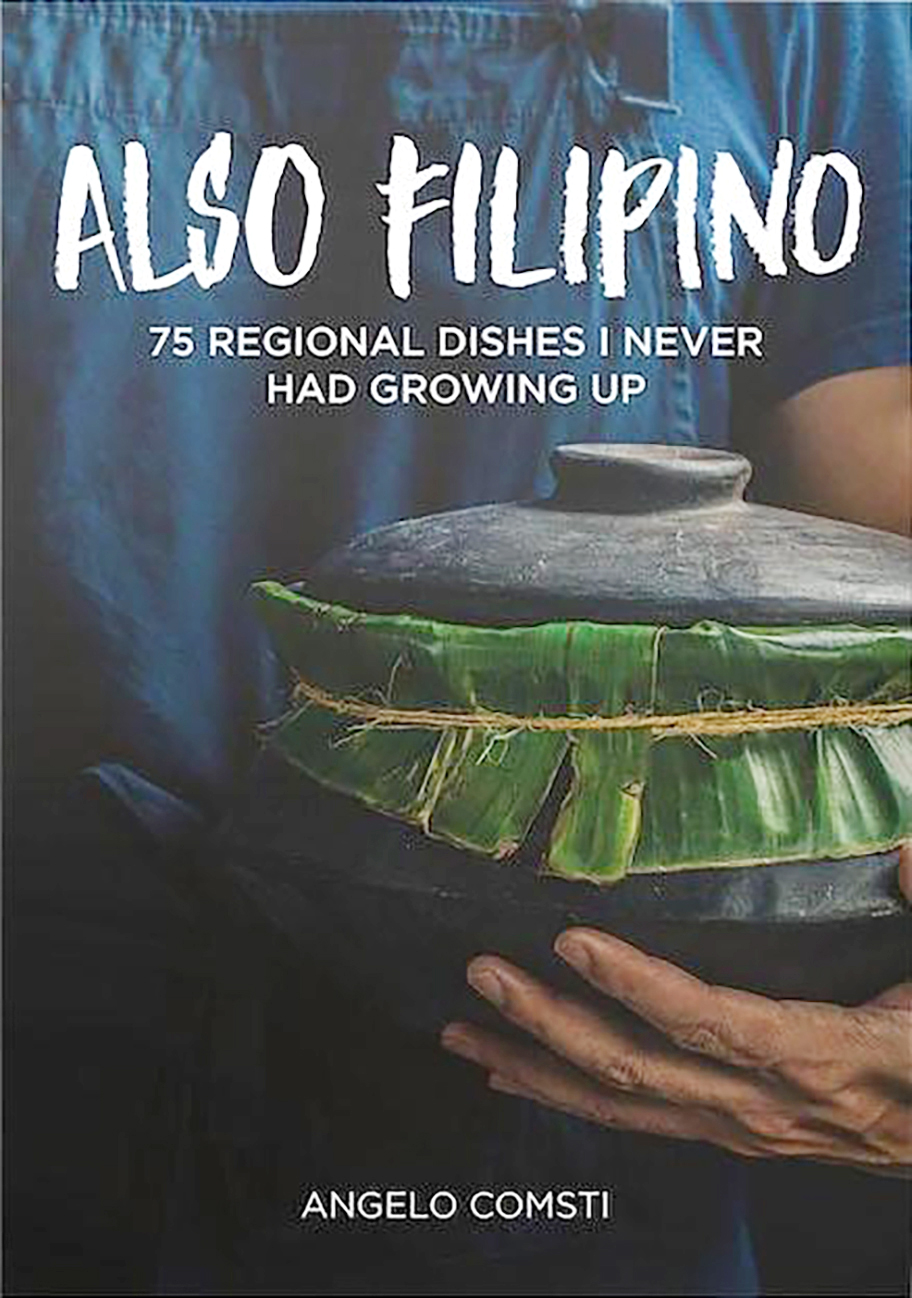
Treat yo’ shelf
The highest form of the present is knowledge. Among the most reliable sources of information today is still books. Reading teaches hunger, fire, determination, and life. It is a gift that keeps on giving. Cookbooks are novels that urge you to open your kitchen shelf, fridge, and stove.
Also Filipino: 75 Regional Dishes I Never Had Growing Up is a 188-pager opus by Angelo Comsti, chronicling the recipes the culinary authority and entrepreneur had acquired in his travels all over the Philippines, giving a glimpse of the unique food customs, beliefs, and lifestyle of each of our regions.
The comprehensive and evocative work of Yasmin Newman, 7000 Islands: A Food Portrait of the Philippines, delves into the relatively undiscovered cuisine of the country. Beautifully illustrated, the guide has 13 chapters, all showing Filipino food through the prism of its colorful history, with influences from Malaysia, Spain, China, Mexico, and the US.
The highest-rated and most reviewed Filipino cookbook on the literary website Good Reads, I Am a Filipino: And This Is How We Cook by Nicole Ponseca is a multi-awarded title that involves national favorites like the kare kare (oxtail stew), kinilaw (fresh seafood cured in vinegar), and pansit (noodles), among others. The back cover reads, “Filled with riotously bold and bright photographs, I Am a Filipino is like a classic kamayan dinner—one long festive table piled high with food. Just dig in!”
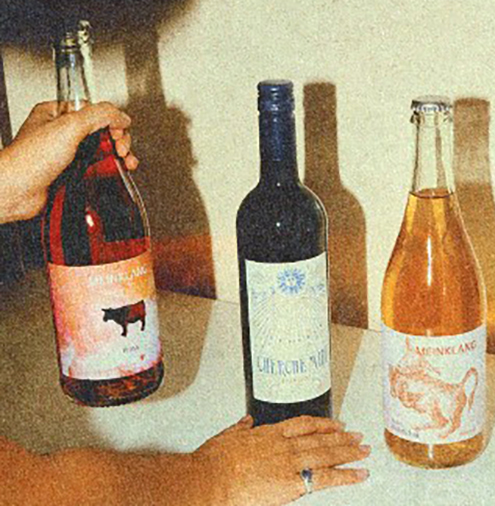
Explosives… from the grape vines
In the eclectic world of fermented grapes, natural wines are on the rise. Because of its funkiness and inconsistencies, however, the organically produced bevy sparks as much disdain as they do excitement. But it’s exactly the roughness and rawness that cause the unconventional drink to trend these days.
The majority of modern vintners use additives to create consistency. Natural wines, on the other hand, make use of pre-industrial winemaking processes. This implies, the absence of tractors, pest control and fertilization, temperature control, acidification and de-acidification, fining agents, filtering, as well as bottling with little or no sulfur dioxide. Almost entirely a yield of nature, it is also called low-intervention wines.
There are plenty of reasons to try natural wine, from engaging in more conscious consumption to supporting regenerative agriculture and having a wider range of pairing. For those who enjoy testing out new things, natural wines are a great way to expand one’s repertoire.
In the Philippines, Bombvinos is a leading importer and distributor of natural wines. The name is a portmanteau between the ’90s-generation slang bomb, meaning “best” or “excellent,” and the Italian word vinos. It is also a reference to the term bambino, which stands for “young child” or “baby,” a description that co-owners Paolo Monasterio and Joey Osmeña believe to best fit their company in the wine industry.
This month, Bombvinos offers a 20 percent discount when you buy two bottles as a Yuletide treat. A holiday bundle is also available that consists of three bottles for ₱2,695. First is the Meinklang Prosa Rose, a fresh and strawberry-fruited rose with delightful frizzante fizz and lots of flavor. A medium-bodied, classic southern French red, Cherche Midi Rouge, that punches above its weight class. While not 100 percent natural, it makes use of all-organic methods and minimal sulfites for a consistent wine “you won’t feel bad opening on a Monday night.” Last but not least, the Weisser Mulatschak, a summer wine that boasts aromatic notes of peach, rhubarb, lime, and clementine, and a lovely minerality. bombvinos.com
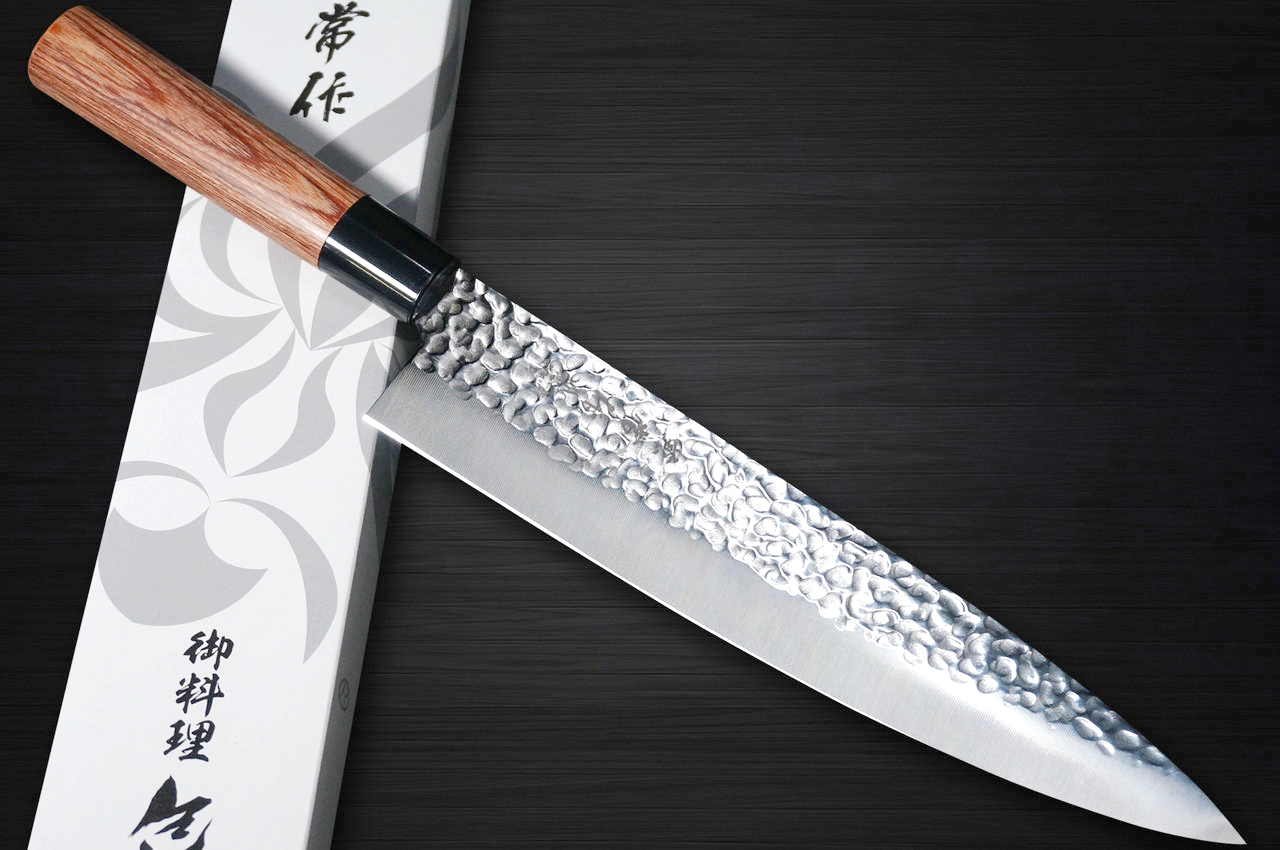
Knives out
Any kitchen body would agree that, at the most basic level, the blade is the most important weapon in your arsenal. When shopping for knives, the first things to consider are the purpose and how often they’ll be used.
The long, sharp blade of an all-purpose chef’s knife allows for all sorts of cutting tasks, from slicing steak to chopping vegetables and mincing some herbs. The small and nimble paring knife, meanwhile, is for daily vegetable preparation. Style, aesthetics, and weight all play major roles. Knives for frequent use should be lightweight. Heavy knives can strain the hands and wrists, making simple tasks feel more difficult. You have to find what feels most comfortable on the grip, which means you have to understand the size of your recipient’s hand.
Blade making and knife craftsmanship are central to Japanese culture and heritage. Japanese blades are considered to be the best in the world, the sharpest with higher carbon content. Global, Misono, Tajiri, and Fujiwara are dependable and established Japanese brands.